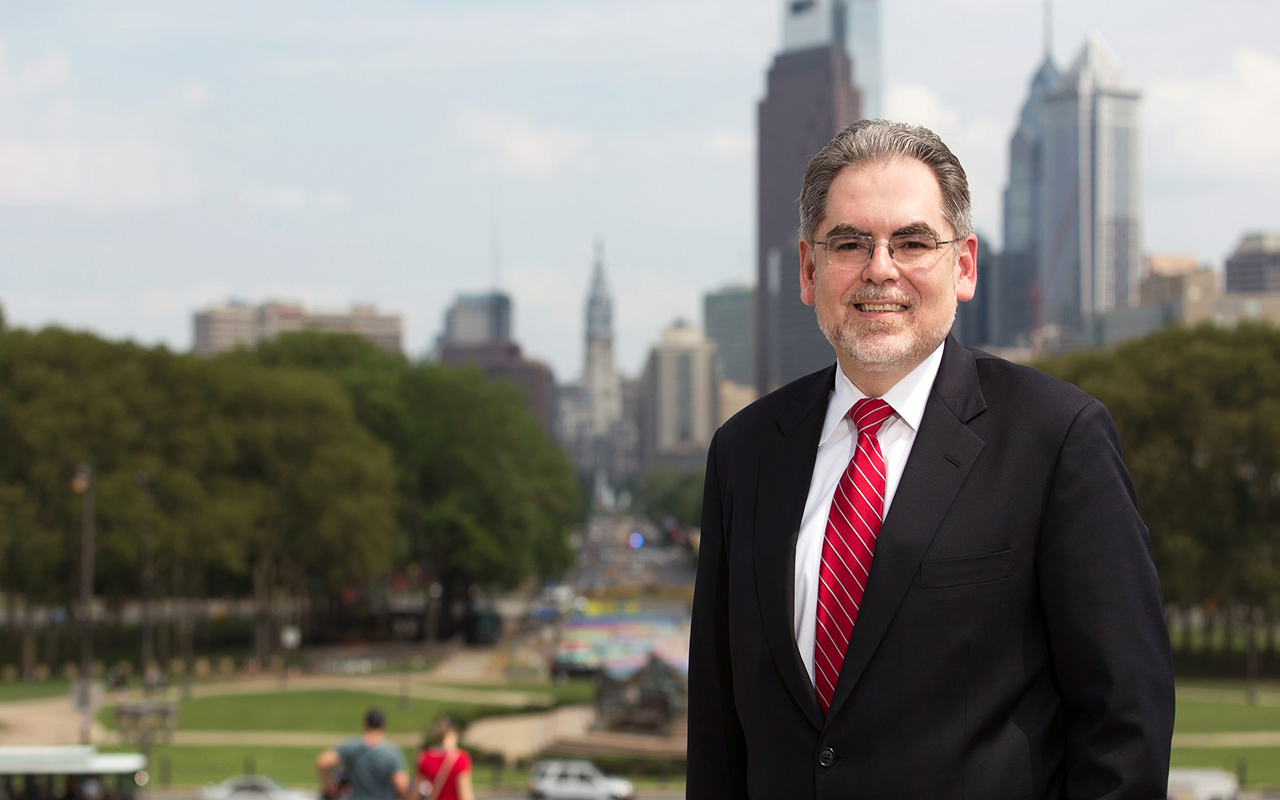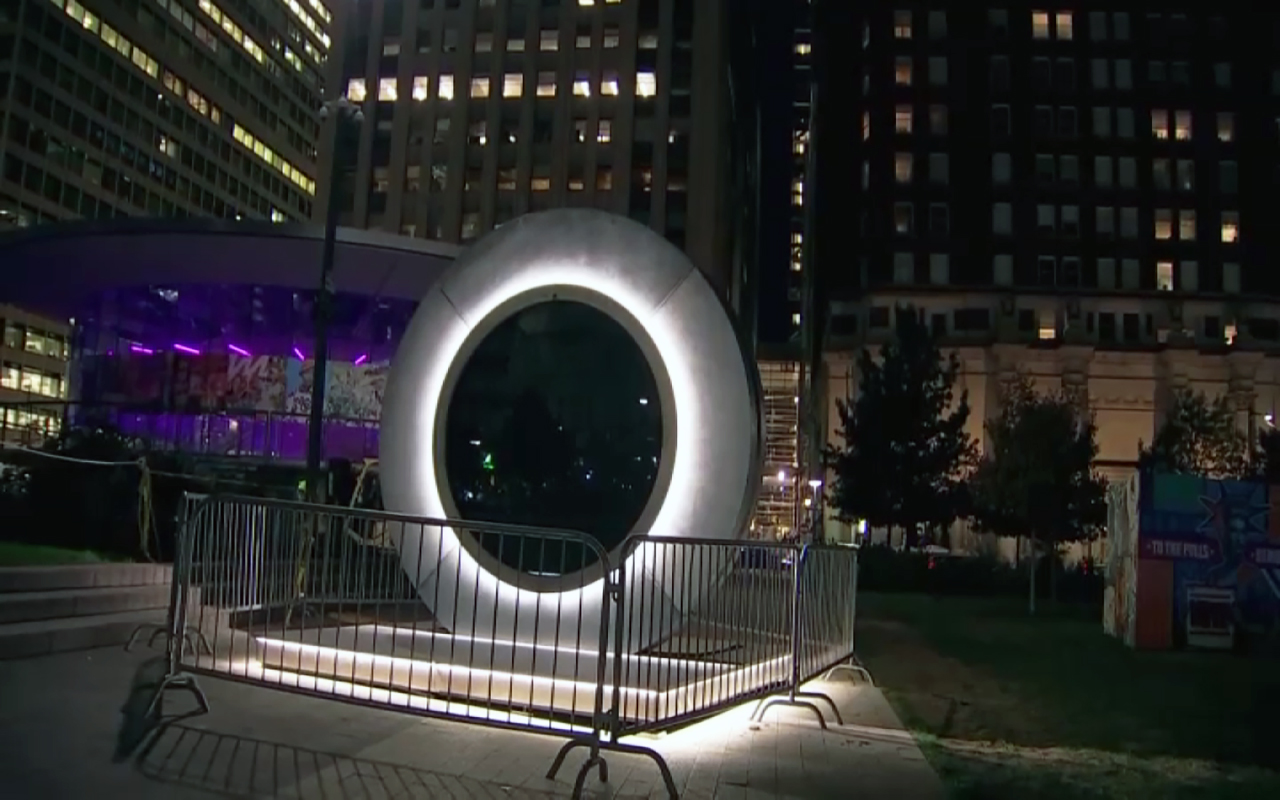
Unemployment falls — and so do wages
Policy makers are stepping up to celebrate the 248,000 new jobs added in September, but the dropping unemployment rate doesn’t show the true state of America's…
It seems that U.S. policy makers let out a great sigh of relief on Friday. In September, the national unemployment rate fell to pre-recession levels. President Obama is set to be swept off to Indiana to make the announcement with a steel factory as his backdrop in celebration of the 248,000 new jobs the were created last month, most full-time positions, as the unemployment rate decreased from 6.1 to 5.9 percent.
That’s true for some. The unemployment rate for white Americans is even lower than the national average — 5.1 percent. But Latino and Black Americans still face high unemployment rates — 6.9 percent and 11 percent, respectively. And those rates don’t account for more than one in ten workers who are still underemployed, meaning they have become discouraged and quit applying for full-time work that they can’t find, or they took a part-time job to pay the bills.
Steel manufacturers aren’t quite representative of the job growth, either. Most of the growth (81,000) occurred in professional and business services, followed by gains in technical and engineering services, health care, mining, finance, insurance, hospitality and retail. Employment services to connect employers with workers accounted for 34,000 of the new jobs. Some of the jobs aren’t “new” but rather positions that are being reinstated after elimination.
Even with more jobs, wages have actually decreased. The average hourly wage fell even as the number of hours worked each week rose. Americans are getting paid less to do more. In fact, the country’s working class hasn’t seen a raise since before the turn of the century.










LEAVE A COMMENT:
Join the discussion! Leave a comment.